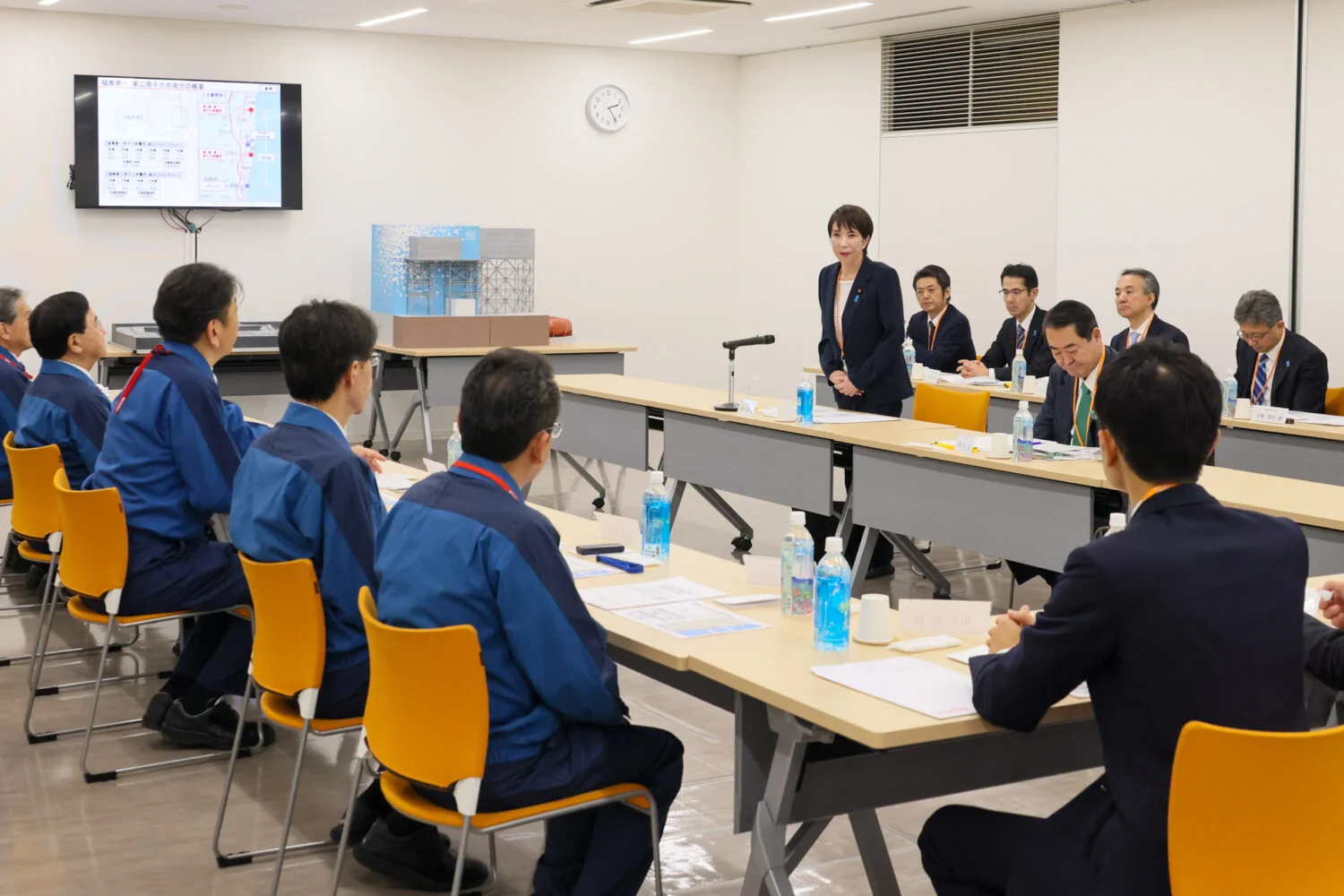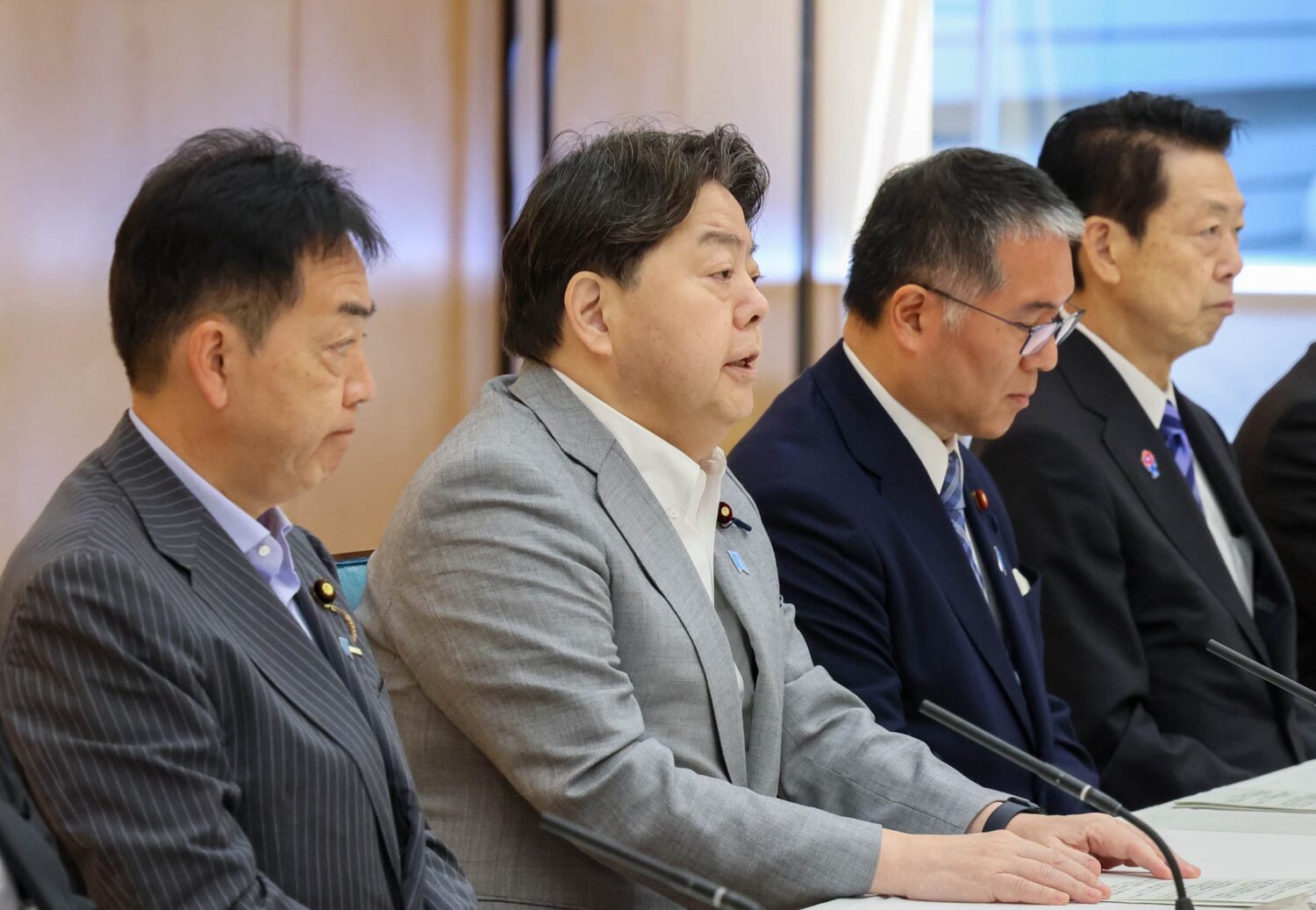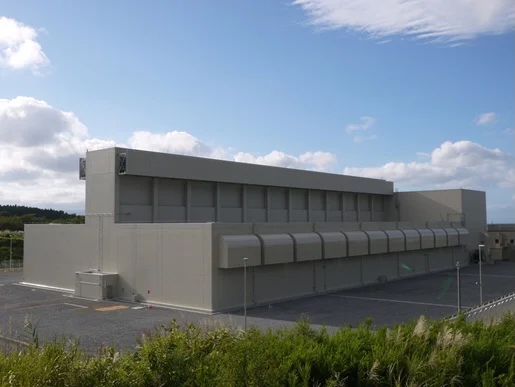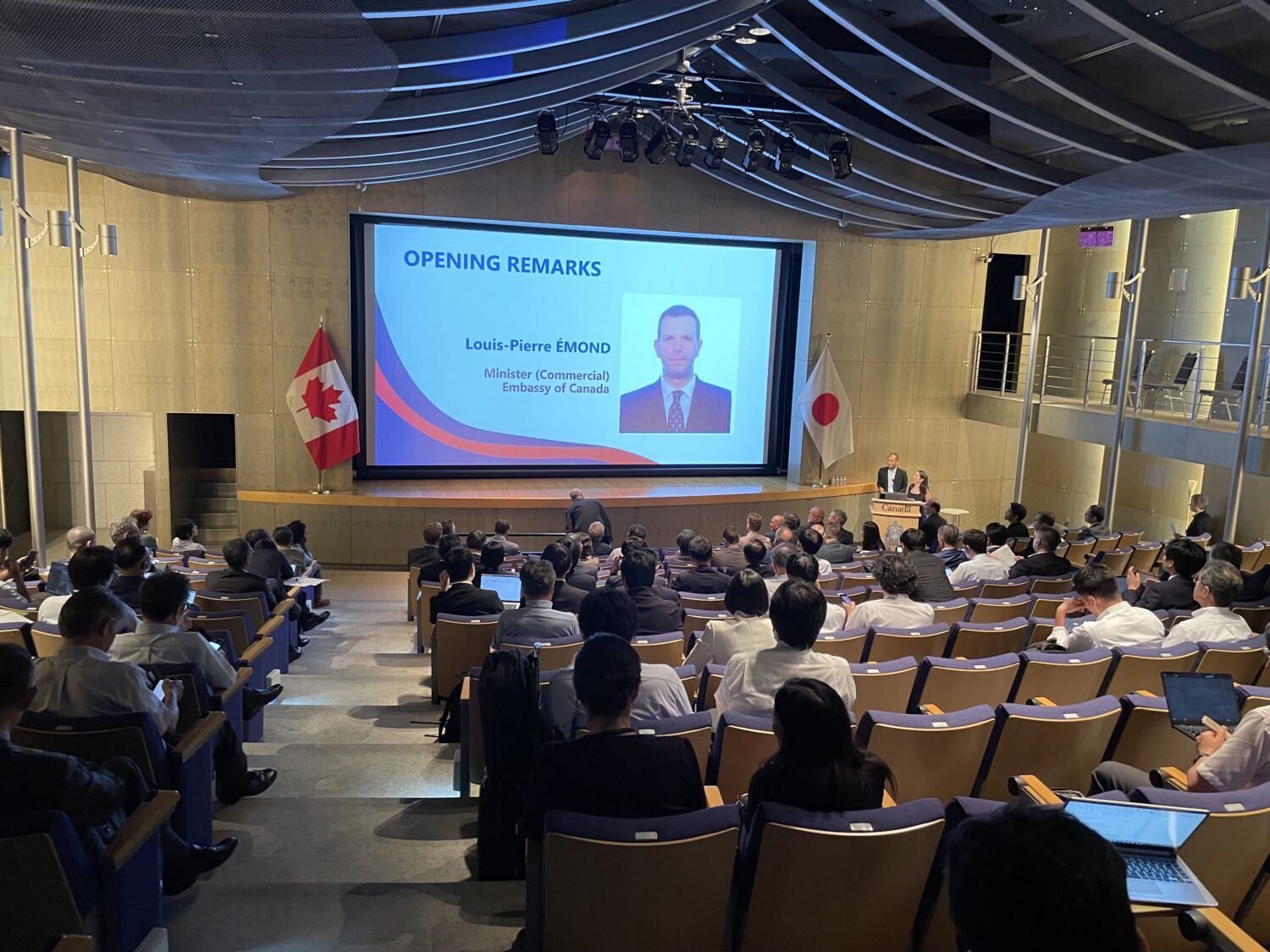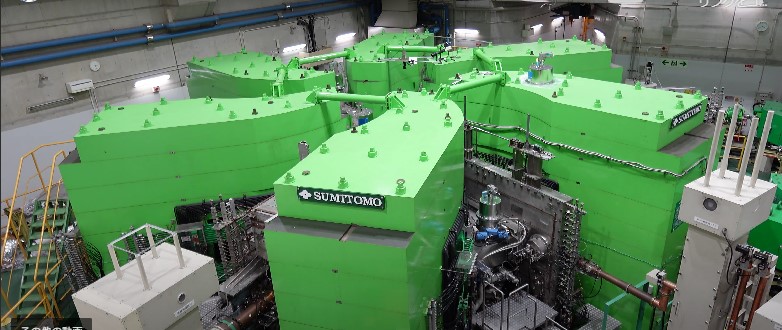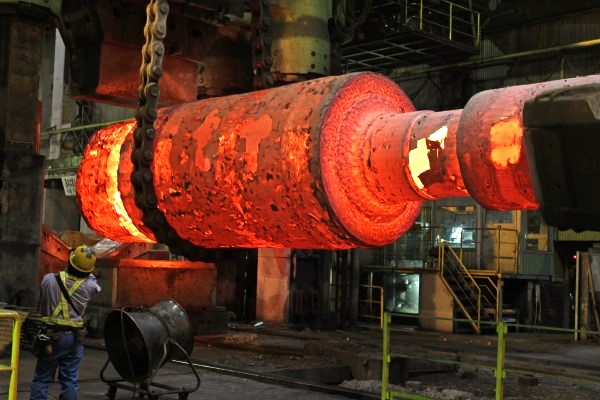On March 19, Tatsuhiko Ihara, engineering professor at Japan’s Kinki University, announced that he and his research team had developed a method to efficiently remove radioactive materials from contaminated water, including cesium. He also said that he had filed an application to patent the technology.
Using readily available, inexpensive, and porous metal panels (with a porosity of 48%) — now used as acoustic panels in theaters and the like — the team’s new technology electrochemically occludes radioactive metal ions in contaminated water and fixes them to the panels. In that way, radioactive materials can be removed with a high rate of recovery, and in a state allowing them to be stored for a long time and in a stable fashion.
Besides confirming the method’s high material recovery rates, demonstrations have shown its effectiveness in treating highly radioactive water in large-scale decontamination efforts, as well as its ability to help prevent the secondary pollution caused by recovered radioactive materials. The method is simple and convenient, and enables decontamination to be carried out at a lower cost.
Under the rubric “The All-Kinki University Project to Support Kawamata Town’s Reconstruction,” the team now hopes to apply the method in the decontamination work currently taking place in that town and elsewhere.
Once the decontamination is completed and the system is no longer needed, the team will remove the electrodes from the electrolyzer, crush it into pieces, and put it in a container, which will be solidified under heat and pressure. The resulting packages will require only minimal space for interim storage.
The Kinki University system is expected to be effective at the Fukushima Daiichi Nuclear Power Station, where the contaminated water currently takes up a lot of space.


